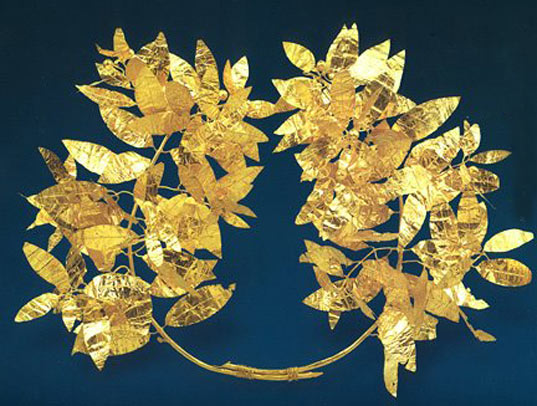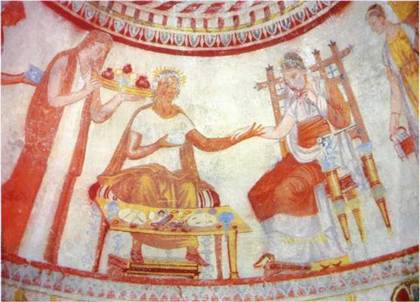The mention of the Thracian civilization calls to mind two Thracians whose names went down in world history – Spartacus, the famous gladiator who led the largest revolt of slaves in human history and Orpheus, the divine musician whose music enchanted men and animals and founder of a mysterious philosophy.
Thracians were Indo-European people whose roots may be traced back to the beginning of the Bronze Age. They inhabited a great geographical region, including Bulgaria, Eastern Thrace, Northern Anatolia, Eastern Macedonia, Southern Romania and Southeast Ukraine between 13th BC to 7th century AD. The ancient author Herodotus wrote that but for the Indians the Thracians were the second largest people in the world. Regrettably they did not have an alphabet and all we know about them comes from the ancient Greek and Latin writers. The Thracians were divided into dozens of tribes and their social structure was two-ranked: the king with his company of aristocrats and free peasants organized in community. The Thracians have left many traces of their presence on the historical scene - fortified settlements, burial mounds with monumental tombs, sanctuaries, treasures, coins, etc. The most prominent monuments are: - The Valley of the Thracian kings in Kazanlak region, including the sole Thracian town Seuthopolis (now under Koprinka Dam) and the most famous monumental tombs (Kazanlak, Ostrusha, Shushmanetz, Svetitsata, Golyama Kosmatka). Kazanlak Tomb is included in the UNESCO World Heritage List because of the extraordinary wall-paintings. Golyama Kosmatka is the tomb of Thracian King Seuthes III and his golden mask was found in the neighbor tomb – Svetitsata. - The complex in Sveshtari village (Northeast Bulgaria) - the fortified capital of the Gettae tribe – Helis and Sveshtari Tomb which is also included in the UNESCO World Heritage List. - The massive rock sanctuaries in the Eastern Rhodopes Mountain – Perperikon, Tatul, Gluhite Kamani. Tatul is the place where Orpheus was buried. - The famous silver and golden treasures from the towns of Rogozen, Panagyurishte, Letnitsa, Lukovit, Yakimovo, which are now exhibited in different museums in Bulgaria.
|



